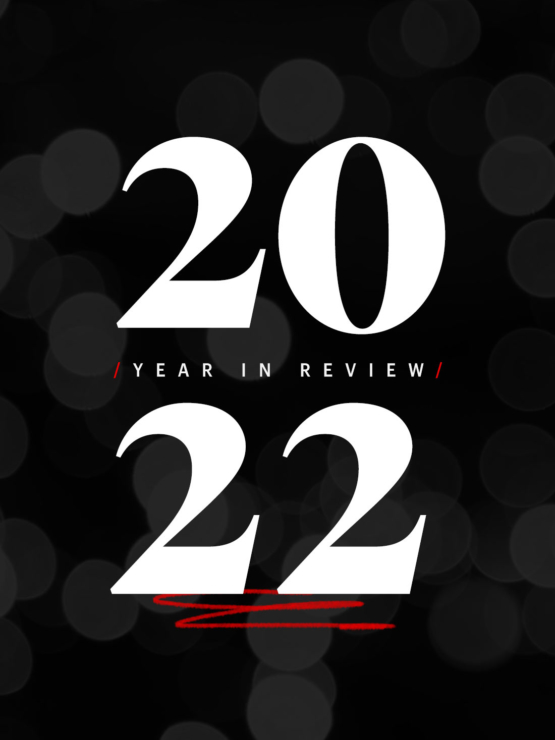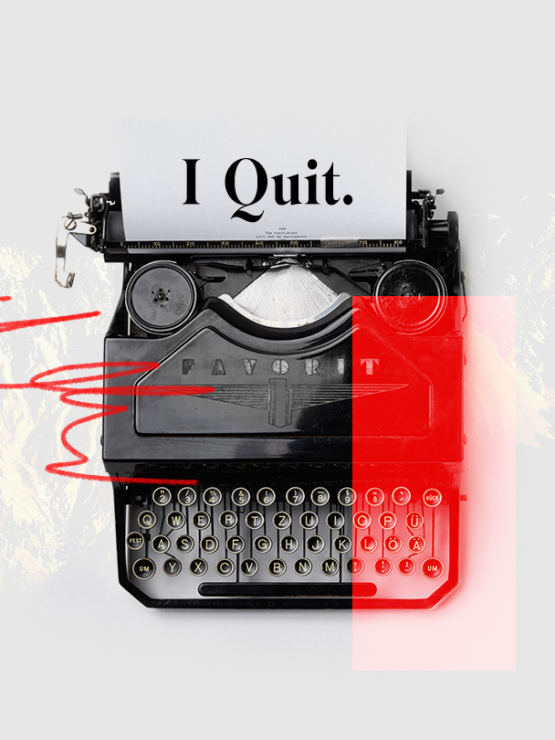I latched onto the Abstract Expressionists during a college class named Art since 1945. In retrospect, now amidst Onethings and [wp] ideals, it’s fairly easy for me to see why. At the time, I just thought that the work was awesome, and as a want-to-be artist myself, I was blown away by what these guys were able to literally “invent.” Their work wasn’t spot-on replication or a skill of stylized interpretation; it was actually something new that was being created each time that these New Yorkers (mostly) touched a canvas. I’m still completely blown away by the work, but these days, it’s that idea of invention that really knocks me over. Scott and I often joke that in our interconnected, full-access world, there are no new ideas left. Long gone are the revolutionary artists of the 40’s – no more Pollock-esque visionaries (my personal favorite) to change the landscape. Sadly enough, I was beginning to believe that office joke of ours, but then I heard of an artist named Michael Kalish and learned that he makes his works completely out of license plates. Belief in new ideas restored.
The allure in Michael Kalish’s work exists in two parts – for me anyway: 1) the pieces themselves are visually impressive (a colorful, pop-art-inspired collage of twisted, sliced, and sculpted license plates), and 2) their appeal is completely intertwined with the inventive style in which they’re made. Kalish focuses mainly on vintage americana and portraits (ranging from DiMaggio to Orbison), and the tones of the medium itself allow for the creation of something altogether original; part painting and part three-dimensional sculpture, all tied together with the very hues and subject matter that make people still consider Warhol to be modern art. My “interest sensors” went off when I first saw Kalish’s pieces, and the feeling was reminiscent of my initial magnetic draw toward Jackson Pollock. Now just to clarify, this is in no way an art critique of Michael Kalish nor is it a comparative analysis of the art of Jackson Pollock and Micheal Kalish (I’m qualified for neither exercise). However, there is a huge similarity between the two, not in the actual art itself, but in the art as a marketing approach for the artist.
The great thing about the Onethings lens is that it’s industry neutral. The same principles that apply to a restaurant, t-shirt company, or stadium can apply to an artist. Ultimately an artist is just a guy with a product to sell who has to determine how to position himself, his product, and his message in the marketplace. Sure, every industry will have its own rules, but those positioning tasks are universal. And with universal tasks come universal rules; along with universal ways to break those rules.
We had a client a number of years ago who was a Purple Cow zealot1. He talked about the book’s thesis constantly (with both adoration and envy), and in the years since, we’ve found that Seth Godin has a range of great, high-level insights that can be applied to almost any client in any sector. Apparently, the art world isn’t Godin-proof either. In a competitive landscape full of talented brush-carriers, Michael Kalish has managed to emerge as our modern day, artistic Purple Cow. While the art itself looks great, it’s the creation of a new medium that really has earned Kalish his prestige. Following Jackson Pollock, you couldn’t “drip” without being a cheap hack, and similarly, Micheal Kalish has ensured that license plates as artistic medium are, quite simply, off the table.
While Purple Cow-dem is a simple Onething to name, it’s one of the most challenging to accomplish. Saying that you’re going to define your business, your strategy, or your art as the Purple Cow in your industry is great, but doing it successfully (in a way that the market accepts) is something completely different. Kalish’s pieces, without their unique medium, could have simply been seen as a bit too Warhol-esque and, thus, dismissed. But the images and new medium can’t be separated. They’re completely intertwined, and the result is the perfect balance of adherence to traditional industry rules and Purple Cow deviation. And in this case, it makes for the king of all Onethings: ownership.
1 Seth Godin’s Purple Cow: Transform Your Business by Being Remarkable




